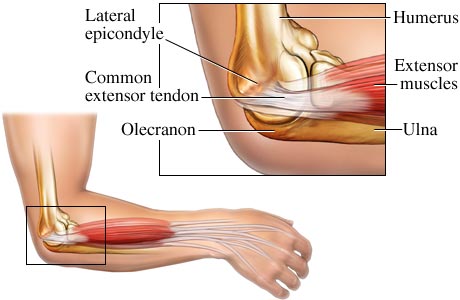I have gotten into contact with MiniGolf/ Tyler of HeightQuest.Com and he gave me two leads or methods to pursue and look into. One idea/method is the Joint Loading Modality developed by Hiroki Yokota and the other is the idea/method of Growth Plate Regeneration developed by Robert Ballock. I wanted to focus all of my attention on the Joint Loading Modality idea for this post.
 The first link I get taken to after typing in the words “Yokota’s Joint Loading Modality” into google is an article or PDF that which appears on a site called “China Osteoporosis Forum” .You an also find it by clicking on the link HERE. The title of the paper is ” Osteogenic potentials with joint-loading modality’. I am going to look over the article, figure out what they are talking about, and explain it in a language which the average person can understand. My education background is in Chemistry and Engineering but I do like the Medical Sciences (but not enough to want to go to medical school!) so I think I am capable of stripping down the article and explain it in the most important parts.
The first link I get taken to after typing in the words “Yokota’s Joint Loading Modality” into google is an article or PDF that which appears on a site called “China Osteoporosis Forum” .You an also find it by clicking on the link HERE. The title of the paper is ” Osteogenic potentials with joint-loading modality’. I am going to look over the article, figure out what they are talking about, and explain it in a language which the average person can understand. My education background is in Chemistry and Engineering but I do like the Medical Sciences (but not enough to want to go to medical school!) so I think I am capable of stripping down the article and explain it in the most important parts.
My approach is NOT to read the entire thing, but to read only the abstract, the introduction, and the discussion and conclusion. That should definitely be enough to understand 90% of all the stuff and central themes the research experiment is talking about. I understand as a former engineer that in all specialized high education fields, each field has its own lingo, and terms, and medicine is quite possibly the most notorious. (If you have ever watched even 1 episode of the TV show ER you would know what I am talking about)
Summary: The idea of the experiment was to test to see what would happen to a mouse’s forearm bone (the ulna) if the experimenters put the forearm in a clamping device that squeezes the arm in a horizontal direction. The squeeze or loading is applied on the upper end of the lower forearm aka the proximal end. This end is the end that is closest to the elbow. while is was originally believed that a force or load of up to 1000 microNewtons (a Newton is the basic unit of force) is needed to create any bone deformation or bone formation, the experimenters really only used 30 microNetons, and the force was not a constant force but was sinusoidal so the compression was moving up and down in s way that creates a frequency. The strain was also calculated using Mechanics of Materials definition (delXdiff/delX)
The compression was done with the bones still inside the arm, surrounded by muscles and ligaments. The place the force was applied was at the very end of the long bone (ulna) at the proximal end. Only the right arm was compressed so that the result could be compared to the left arm which had nothing done to it.
Three distances of the main bone part (called diaphysis) was used as measurement places.The results showed that after just 0.5 Newtons (this is the maximum load before decreasing) at a 2 Hz for 3 minutes a day for 3 days increased the mineral- izing surface (two- to threefold), the rate of mineral apposi- tion (three- to fivefold), and the rate of bone formation (six- to eightfold) in the ulna. That means the bones grew in thickness, volume, and length. The length means that the ulna somehow increased in length. The difference of the loading is checking by putting two electric nodes at difference distances up the mouse’s forearm and measuring the voltage/ potential drop. The potentials show that the interstitial fluid flow was increased through the cortical and other type of bone as a way to react to the loading. The correlation of the interstitial fluid increase flow and the potentials to the increasing loading was almost at r^2=1.
Conclusion: This was the first scientific article I had to review and it was a pain. The main point is that if you apply enough a strong force to the ends of a the long bones next to the elbow or knee, there is a chance that the result is increased interstitial fluid flow to the ends of the lone bone which will lead to new bone formation in thickness and length. One obviously wants to translate these results to humans to see if their long bones will grow doing this method but that will be hard to do since very few humans will allow someone to put a compressive loading on their bones since the muscle and ligaments will be also compressed and pain will be felt. Theoretically we could move the sinusoidal compression load up by 10 times to 5 Newtons, and see what happens.

Pingback: Lateral Synovial Joint Loading Explained In Simple English - |
Pingback: Growth Plate Regeneration By Robert Ballock Orthopaedic Surgeon - |
Pingback: Complete List Of Posts - |